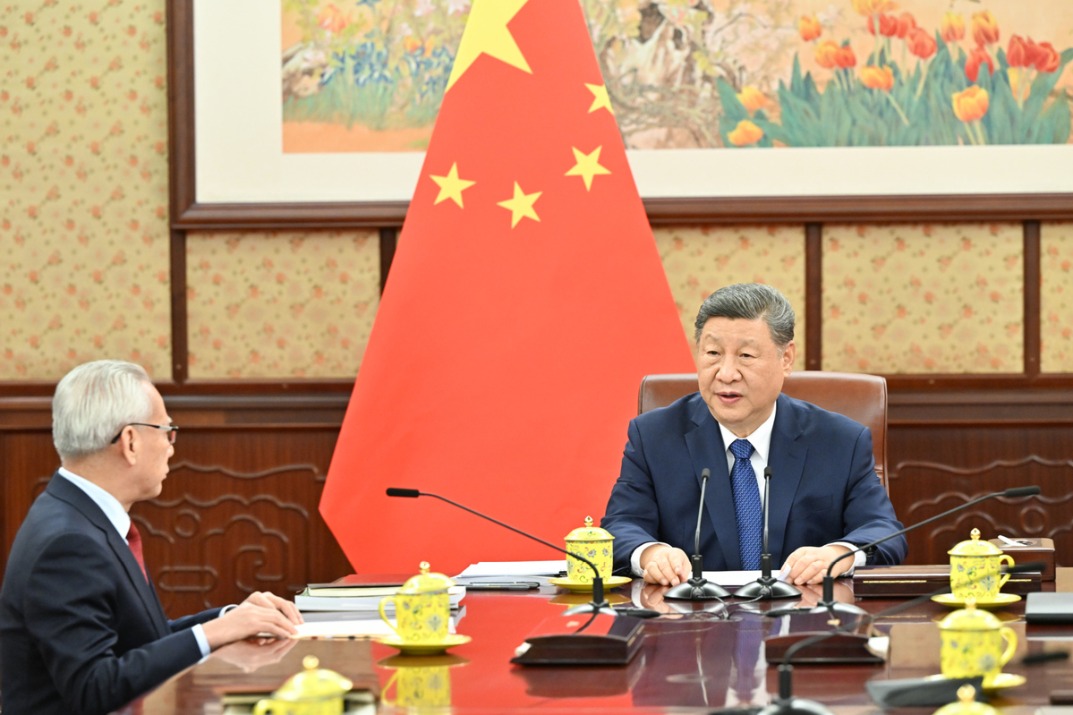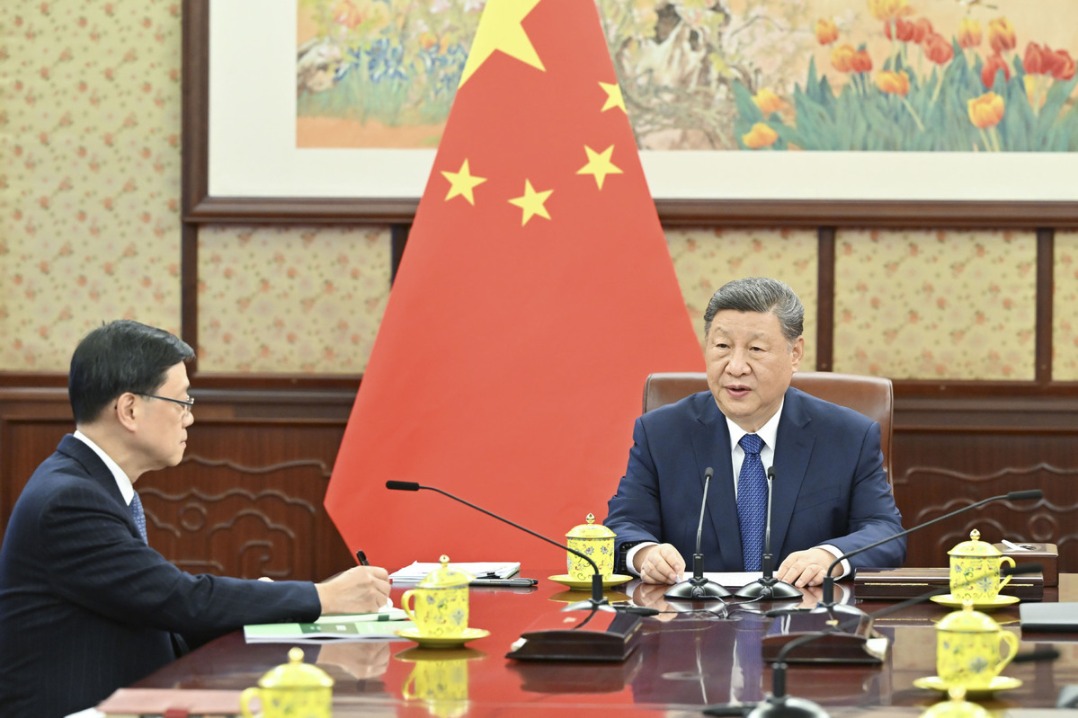Ancient heritage highlights Xinjiang's key national unity role
By WANG KAIHAO in Urumqi | China Daily | Updated: 2023-11-10 08:01

Archaeology can also enrich the public's visiting experiences, with the Beiting site being home to Xinjiang's first national-level archaeological ruins park.
The park has welcomed more than 90,000 visitors this year. Digitization and virtual reality technology provide them with a panoramic view of the site and its buildings, and close-ups of excavated murals and statues.
Saydin Abudula, deputy director of the Jimsar Museum, who is in charge of conservation at the site, said excavations in recent years have helped people understand that the city's original landscape was different from the arid desert scene of today.
"This was a place with a network of waterways. The excavations not only provide reference points for us to preserve earthen ruins, they also inspire us to develop more related thematic visiting programs," Saydin said.
At its peak during the Tang Dynasty, Beiting was home to more than 40,000 residents, indicating that it was a big city at that time.
"By fully explaining the excavated ruins, we can tell a splendid story to tourists. Better recognition of the site will further bolster the local cultural industry and economy," Saydin added.
- Chinese, Mongolian militaries to hold joint exercise
- Bonded zone in Horgos attracts foreign companies
- Horgos Port channels fresh Chinese fruit to Kazakhstan
- Earthquake rattles Xinjiang; no injuries or damage
- Seventh Belt and Road Teenager Maker Camp and Teacher Workshop (China-Central Asian Project) opens in Xinjiang
























